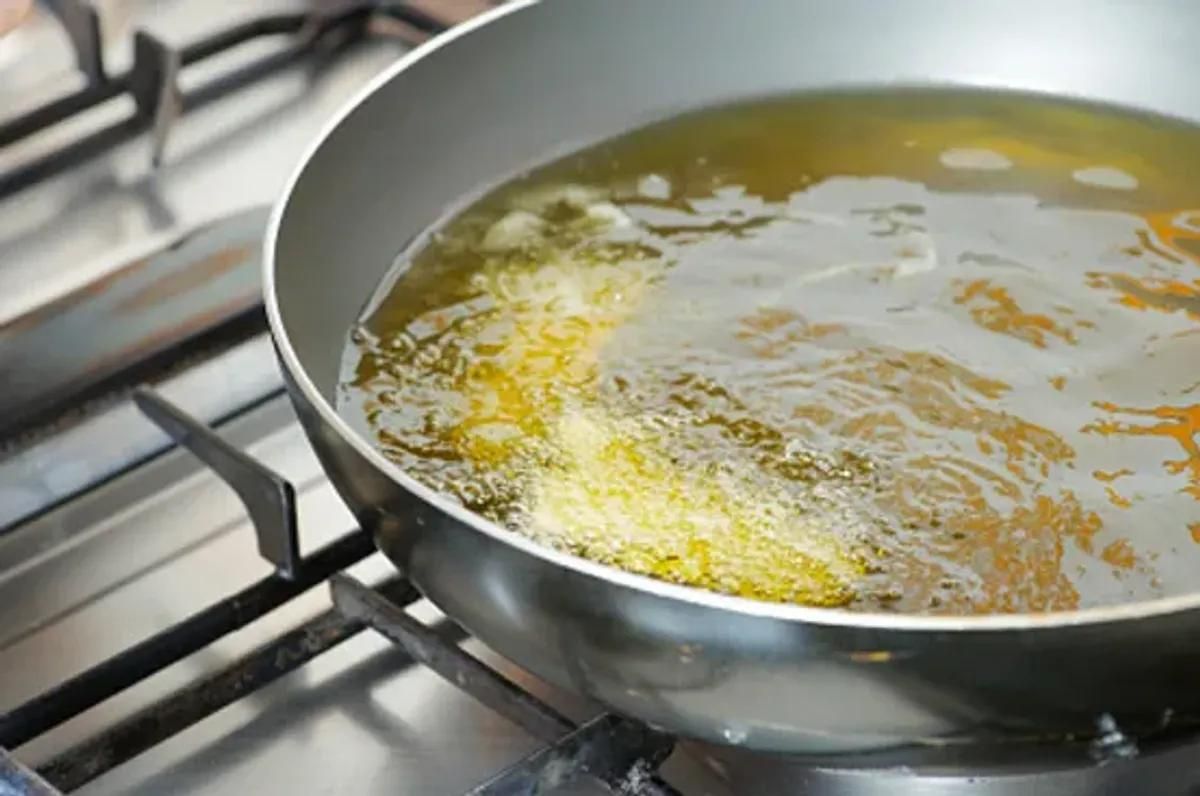

Articles
How To Store Used Frying Oil
Modified: February 23, 2024
Discover the best way to store used frying oil with our informative articles. Keep your oil fresh and prevent wastage with our expert tips.
(Many of the links in this article redirect to a specific reviewed product. Your purchase of these products through affiliate links helps to generate commission for Storables.com, at no extra cost. Learn more)
Introduction
When it comes to cooking, frying food is undeniably delicious. Whether it’s crispy fried chicken, golden french fries, or perfectly cooked tempura, there’s something satisfying about the crunchy texture and savory flavor that frying imparts. However, one inevitable consequence of frying is the production of used frying oil. Instead of discarding the oil immediately after use, it’s important to store it properly. This article will guide you through the steps of storing used frying oil, ensuring that it remains fresh and ready for reuse.
Properly storing used frying oil not only helps to extend its shelf life, but it also has environmental benefits. By reusing the oil instead of frequently disposing of it, you can reduce waste and minimize your impact on the environment. Plus, it can save you money since you won’t need to buy oil as frequently.
By following a few simple steps, you can ensure that your used frying oil remains in good condition. From choosing the right container to properly sealing and storing it, these tips will help you maintain the quality of the oil for future use. So, let’s dive into the process of storing used frying oil effectively.
Before moving on to the specific steps, it’s important to note that used frying oil should not be stored indefinitely. Over time, the oil can break down, develop off flavors, and become rancid. It’s essential to use your discretion and properly evaluate the quality of the stored oil before reusing it. If the oil looks or smells off, it’s best to dispose of it and start fresh.
Key Takeaways:
- Properly storing used frying oil helps maintain its freshness, saves money, and reduces environmental impact by minimizing waste and promoting responsible waste management.
- Choosing the right container, cooling the oil before storage, and labeling and dating the stored oil are crucial steps in maintaining the quality and safety of used frying oil.
Read more: How To Store Frying Oil
Why is it important to store used frying oil properly?
Properly storing used frying oil is crucial for several reasons. Here’s why it’s important to handle and store your used oil with care:
- Preserving oil quality: Storing used frying oil properly helps maintain its freshness and flavor. When exposed to air and light, oil can oxidize and become rancid, resulting in an unpleasant taste and smell. By storing the oil in a controlled environment, you can extend its shelf life and ensure that it remains usable for future cooking.
- Economic benefit: Properly storing used frying oil allows you to reuse it multiple times. This can save you money since you won’t need to purchase new oil as frequently. Additionally, reusing oil reduces waste and supports sustainability, making it an eco-friendly choice.
- Environmental impact: Disposing of used frying oil inappropriately can harm the environment. Pouring oil down the drain can clog pipes and contribute to sewer blockages. When oil enters waterways, it can contaminate rivers, lakes, and oceans, causing harm to aquatic life. By storing and disposing of used oil properly, you can minimize your impact on the environment and promote responsible waste management.
- Safety concerns: Storing used frying oil improperly can pose safety risks. If the oil is not adequately sealed or stored in a flammable container, it can become a fire hazard. Additionally, if the oil is contaminated with food particles or bacteria, it can lead to foodborne illnesses if reused. By following proper storage techniques, you can reduce these safety concerns and ensure that the oil remains safe for later use.
By understanding the importance of storing used frying oil properly, you can maintain its quality, save money, protect the environment, and ensure the safety of yourself and others.
Steps for Storing Used Frying Oil
To properly store used frying oil and maintain its quality, follow these steps:
- Allow the oil to cool: After you finish frying, let the oil cool down before handling it. Hot oil can cause burns, so it’s important to exercise caution. Give the oil enough time to reach room temperature or slightly cooler.
- Strain and filter the oil: Using a fine mesh strainer or cheesecloth, strain the oil to remove any food particles or debris. This helps prevent the oil from becoming contaminated and ensures a cleaner storage.
- Choose the right container: Select a container that is specifically designed for storing oil. It should be made of a material that can withstand high temperatures, such as glass or stainless steel. Avoid using plastic containers, as they may not be heat-resistant and can potentially leach harmful chemicals into the oil.
- Cool the oil before storage: Let the strained oil cool down completely before transferring it to the chosen container. Storing hot oil can compromise the container’s integrity and increase the risk of accidents.
- Determine the optimum storage location: Find a cool, dark, and dry place to store the oil. Direct sunlight and heat can cause the oil to spoil more quickly. Consider a pantry or cabinet away from stovetops and other heat sources.
- Properly seal the container: Ensure that the container has a tight-fitting lid or cover to prevent air from entering. Oxygen can speed up the oxidation process and lead to rancid oil. Keeping the container tightly sealed will help maintain the oil’s freshness and quality.
- Label and date the stored oil: Use a permanent marker to label the container with the type of oil and the date it was stored. This will help you keep track of the oil’s age and prevent using it past its recommended storage period.
By following these steps, you can properly store your used frying oil, prolong its shelf life, and maintain its quality for future use. Remember to check the oil regularly and discard it if it develops an off smell or appearance.
Choosing the Right Container
When it comes to storing used frying oil, choosing the right container is crucial for maintaining its quality and ensuring safe storage. Here are some factors to consider when selecting a container:
- Material: Opt for a container made of heat-resistant materials such as glass or stainless steel. These materials will withstand high temperatures without leaching any chemicals into the oil. Avoid using plastic containers, as they may not be able to withstand the heat and could potentially melt or contaminate the oil.
- Size: Choose a container size that accommodates the amount of used frying oil you typically generate. It’s important to leave some headspace in the container to prevent spills or leaks when adding or removing oil.
- Tight-fitting lid: Ensure that the container comes with a tight-fitting lid or cover. This will help prevent air from entering the container and protect the oil from oxidation, which can lead to the oil becoming rancid.
- Opaque or dark-colored: Opt for an opaque or dark-colored container to protect the oil from light exposure. Sunlight can accelerate the breakdown of the oil and reduce its shelf life.
- Easy to clean: Look for a container that is easy to clean. Residue from previous oil usage can affect the quality of the fresh oil. Choose a container with a wide opening or a design that allows for easy cleaning and thorough removal of any leftover oil.
Consider investing in a dedicated oil storage container to keep your used frying oil separate from other food containers. This will help prevent cross-contamination and maintain the integrity of the oil. If you don’t have a dedicated container, thoroughly clean any previously used containers to remove any lingering food particles or aromas.
Remember that proper oil storage will not only ensure the longevity of the oil but also help maintain its flavor and quality for future use. By choosing the right container, you can protect your used frying oil and ensure that it remains fresh and ready for your next cooking adventure.
Straining and Filtering the Oil
Straining and filtering your used frying oil before storing it is an essential step in maintaining its quality. This process helps remove any food particles, debris, and impurities that may have accumulated during the frying process. Here’s how you can effectively strain and filter your oil:
- Cool the oil: Allow the used frying oil to cool down to room temperature or slightly cooler before straining. Hot oil can cause burns, so it’s crucial to handle it with care.
- Prepare a straining setup: Set up a straining system using a fine mesh strainer or cheesecloth. Place the strainer or cheesecloth over a clean container or directly into the container you intend to store the oil in. Make sure the straining setup is stable and secure.
- Pour the oil through the strainer: Slowly and carefully pour the cooled oil through the strainer or cheesecloth. The fine mesh will capture any solid residue, such as food particles or crumbs, preventing them from entering the storage container.
- Press or squeeze the strainer: If using cheesecloth, you can gently press or squeeze it to extract any remaining oil from the solid residue. Be cautious not to apply too much pressure, as this can cause the oil to splatter.
- Repeat if necessary: If you notice any large particles or debris in the strained oil, consider repeating the straining process. This will ensure that the oil is as clean and free from impurities as possible.
Straining and filtering the oil not only removes unwanted particles but also helps prevent the oil from becoming rancid quickly. Solid residue left in the oil can accelerate the breakdown process and affect the quality and flavor of the oil. By taking the time to strain and filter your used frying oil, you can prolong its shelf life and ensure better-tasting fried dishes in the future.
Remember to dispose of the strained residue properly, as it should not be discarded down the drain. Place it in a designated waste container or dispose of it according to your local regulations.
After the oil has cooled, strain it through a fine-mesh sieve or cheesecloth to remove any food particles, then store it in a sealed container in a cool, dark place.
Read more: How To Store Used Oil
Cooling the Oil before Storage
Properly cooling used frying oil before storing it is an essential step in maintaining its quality and ensuring safe storage. Cooling the oil allows it to reach a temperature that is safe to handle and prevents potential damage to the storage container. Here’s how you can effectively cool the oil:
- Turn off the heat source: Once you have finished frying, turn off the heat source and remove the fryer or pan from the burner. This will prevent any accidental spills or splatters that could cause burns.
- Let the oil settle: Allow the oil to settle and cool naturally in the fryer or pan. Avoid moving or transferring the oil while it is still hot, as it can cause accidents or spills resulting in burns.
- Use a heat-resistant transfer container: When the oil has reached a safe handling temperature, transfer it to a heat-resistant container. Glass or stainless steel containers are preferable, as they can withstand high temperatures without leaching any harmful chemicals into the oil.
- Cover the container loosely: Cover the container with a lid or a piece of foil, but leave it slightly ajar to allow steam to escape. This will prevent condensation from forming inside the container, which can shorten the oil’s shelf life.
- Place the container in a cool area: Find a cool spot in your kitchen or pantry where you can safely place the container. Make sure it is away from direct sunlight or heat sources. Cooling the oil in a cool environment helps prolong its freshness and prevents it from spoiling quickly.
Cooling the oil before storage not only ensures your safety but also helps maintain the quality of the oil. Storing hot oil can compromise the integrity of the container and increase the risk of accidents. By allowing the oil to cool down naturally before transferring it to a storage container, you can prolong its shelf life and ensure its usability for future frying.
Remember, never pour hot oil down the drain or discard it in the garbage. Allow the oil to solidify in the container, then dispose of it properly by contacting your local recycling or waste disposal facility.
Determining the Optimum Storage Location
Choosing the right storage location for your used frying oil is crucial in maintaining its quality and ensuring its longevity. The storage location should provide the optimal conditions for preserving the oil’s flavor and freshness. Here are some factors to consider when determining the optimum storage location:
- Temperature: Select a cool location to store your used frying oil. Exposure to high temperatures can accelerate the breakdown process and lead to rancidity. Avoid storing the oil near stovetops, ovens, or other heat sources.
- Light: Light exposure can also contribute to the degradation of the oil. Choose a storage location that is shielded from direct sunlight. Consider placing the oil in a dark pantry or cabinet away from windows or bright artificial lights.
- Humidity: Excessive humidity can promote the growth of bacteria and spoil the oil more quickly. Avoid storing the oil in areas with high humidity, such as near dishwashers or sinks. Opt for a dry storage location to maintain the oil’s quality.
- Accessibility: Ensure that the storage location is easily accessible, especially if you frequently use the oil for cooking. Having the oil in a convenient spot will make it more likely for you to reuse it and minimize the risk of forgetting about stored oil for extended periods.
- Stability: Choose a stable surface or shelf to place the container. Oil can be prone to tipping or spilling if placed on an unstable surface. Keep the container away from the edges of shelves or areas where it may be easily knocked over.
By identifying the optimum storage location based on these factors, you can help extend the shelf life of your used frying oil and maintain its quality. Remember to check the oil periodically for signs of spoilage, such as an off odor or appearance, to ensure it is still suitable for reuse.
Additionally, if you live in a warm or humid climate, storing the oil in the refrigerator may be a viable option. However, note that refrigeration can cause the oil to solidify, so you will need to allow it to come to room temperature before using it again.
Keep in mind that each batch of used frying oil may have different storage requirements based on factors like the type of oil used and the quality of the oil before frying. Being mindful of these factors when choosing the storage location will help preserve the oil for longer and ensure optimal cooking results.
Properly Sealing the Container
Properly sealing the container is crucial in maintaining the freshness and quality of your used frying oil. A tight seal helps prevent air from entering the container, which can lead to oxidation and the oil becoming rancid. Follow these steps to ensure that your container is properly sealed:
- Clean the container’s lid: Before sealing the container, make sure the lid or cover is clean and free from any residue or debris. Wipe it down with a clean cloth or rinse it if necessary. This ensures that there are no contaminants that could compromise the oil’s quality.
- Ensure a proper fit: Check that the lid or cover fits the container securely. It should create a tight seal that prevents air from entering. If the container does not come with a lid or the lid no longer fits properly, consider using an airtight alternative, such as plastic wrap or airtight foil, to cover the opening.
- Apply pressure to seal: If the container has a snap-lock or twist-lock mechanism, apply firm pressure while closing the lid to ensure a tight seal. Make sure the lid is fully locked or twisted into place. This will minimize the amount of air that can enter the container.
- Consider using airtight storage options: If you have concerns about maintaining the oil’s freshness, consider using a container specifically designed for airtight storage. Vacuum-sealed or double-sealed containers can help further minimize air exposure and extend the oil’s shelf life.
- Avoid overfilling the container: Leave some headspace at the top of the container to accommodate any expansion that may occur as the oil cools or freezes. Filling the container to the brim can lead to leaks or spills when the oil expands.
Remember to check the container periodically to ensure the seal is intact. If you notice any signs of a compromised seal, such as a loose lid or leakage, transfer the oil to a new, properly sealing container. Properly sealed containers help maintain the quality of your used frying oil, ensuring that it remains fresh and ready for future use.
Keep in mind that even with proper sealing, used frying oil should not be stored indefinitely. Over time, the quality of the oil will degrade, and it is important to use your discretion and evaluate the oil’s appearance and aroma before reusing it.
By taking the time to properly seal the container, you can significantly extend the shelf life of your used frying oil and ensure that it remains in optimal condition for as long as possible.
Labeling and Dating the Stored Oil
Labeling and dating the stored oil is an important step in managing your used frying oil inventory. Properly labeling and dating the containers will help you keep track of the oil’s age and ensure that you use it within the recommended storage period. Here’s why labeling and dating are essential, and how to do it effectively:
1. Track oil freshness: Labeling the containers allows you to easily identify the type of oil stored inside. Different types of oil have different storage durations, so it’s important to know what you have and how long it has been stored. Properly stored used frying oil can generally be kept for a couple of months, but it’s best to consult manufacturer guidelines or use your discretion based on the quality of the oil.
- Use a permanent marker: Use a permanent marker to write the type of oil on the container lid or label. This helps you quickly identify the contents when selecting the oil for your next frying session.
- Include the date: Write the date when you stored the oil on the container. This allows you to keep track of its storage duration and rotate the oil based on its age. This is particularly important if you have multiple containers with different storage dates.
- Place the label prominently: Make sure the label is visible and easily readable. You can place it on the lid, front, or side of the container for easy reference. Avoid placing labels or writing directly on the body of the container, as it may be difficult to clean or reuse the container in the future.
2. Prevent confusion: If you use different types of oil for frying, labeling helps prevent mix-ups and ensures that you use the appropriate oil for each cooking session. This is especially important if you have containers with different amounts of oil or if you switch between different oils regularly.
3. Enhance organization: Well-labeled containers contribute to an organized storage system. Being able to quickly identify the contents and their storage dates helps in managing your used frying oil inventory efficiently, ensuring you use the oldest oil first and avoid waste.
By properly labeling and dating your stored oil, you can keep track of its freshness, avoid confusion, and maintain an organized system. This simple step will help you make the most out of your used frying oil while ensuring that you use it within the recommended storage period.
Remember to practice proper food hygiene and safety. If at any point the oil develops an off odor, strange appearance, or if you have any concerns about its quality, it’s best to dispose of it and use fresh oil for your cooking needs.
Read more: How To Store Used Peanut Oil
Conclusion
Storing used frying oil properly is essential to maintain its freshness, quality, and safety for future use. By following a few simple steps, you can ensure that your oil remains in good condition and ready for your next frying adventure.
Properly cooling the oil before storage and straining it to remove any food particles or debris are the initial steps in the process. Choosing the right container, one that is heat-resistant and has a tight-fitting lid, is crucial for maintaining the oil’s integrity.
Once you have selected the container, determining the optimum storage location is important. Find a cool, dark, and dry place away from heat sources and direct sunlight. This will help prevent the oil from spoiling quickly.
Sealing the container properly by ensuring a tight seal and leaving some headspace is another key step. This prevents air from entering and reducing the oil’s shelf life.
Labeling and dating the stored oil allow you to keep track of its age, type, and storage duration. This ensures that you use the oil within its recommended storage period and helps with organization and avoiding confusion.
Remember to regularly check the oil for any signs of spoilage, such as an off odor or appearance. If any concerns arise or if the oil has surpassed its storage period, it’s best to dispose of it safely.
By following these steps and taking proper care of your used frying oil, you can not only save money and reduce waste but also contribute to a more sustainable and eco-friendly kitchen. So next time you fry your favorite dishes, remember to store your used oil properly for a delicious and economical future fry-up.
Frequently Asked Questions about How To Store Used Frying Oil
Was this page helpful?
At Storables.com, we guarantee accurate and reliable information. Our content, validated by Expert Board Contributors, is crafted following stringent Editorial Policies. We're committed to providing you with well-researched, expert-backed insights for all your informational needs.
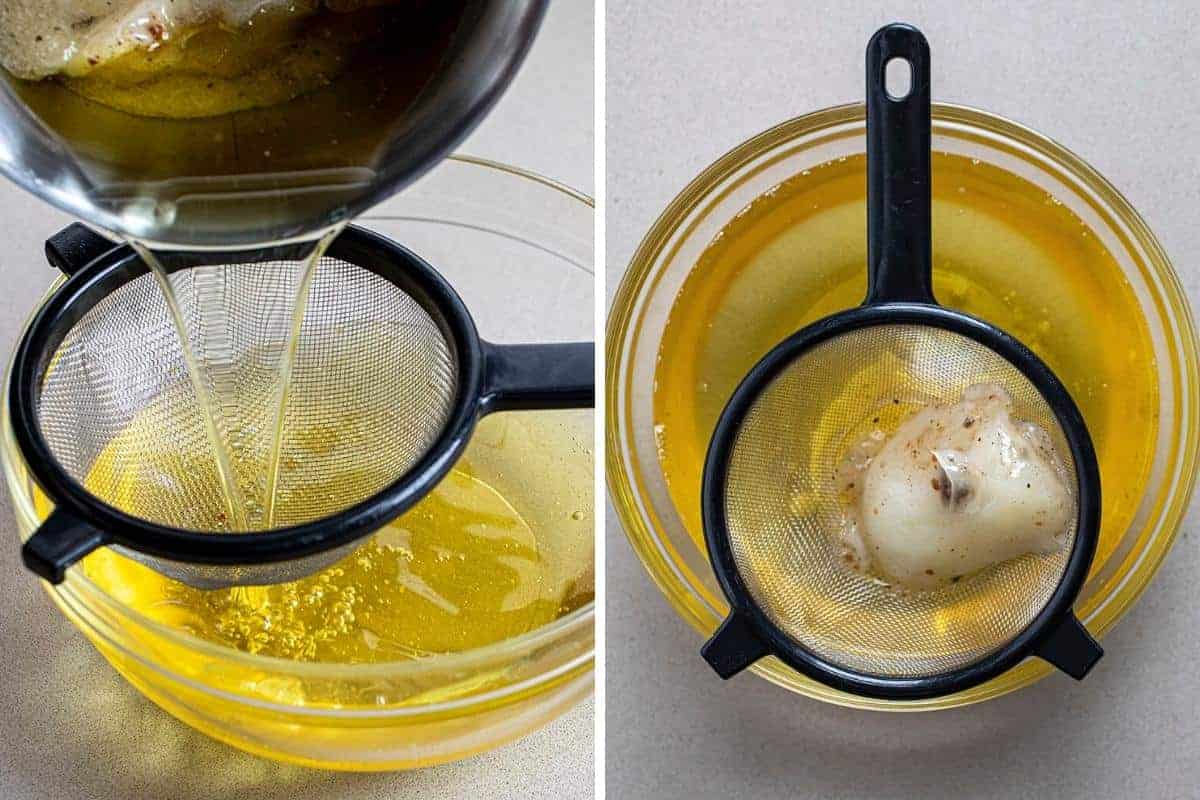
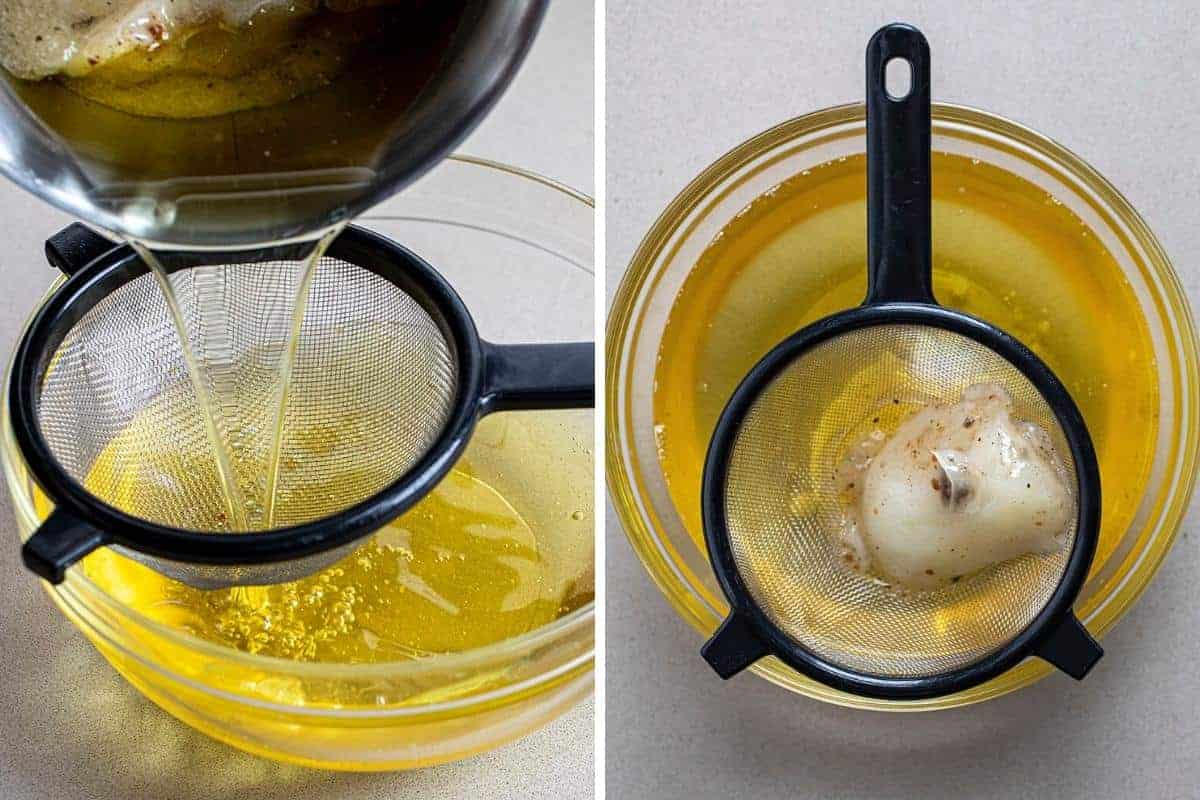
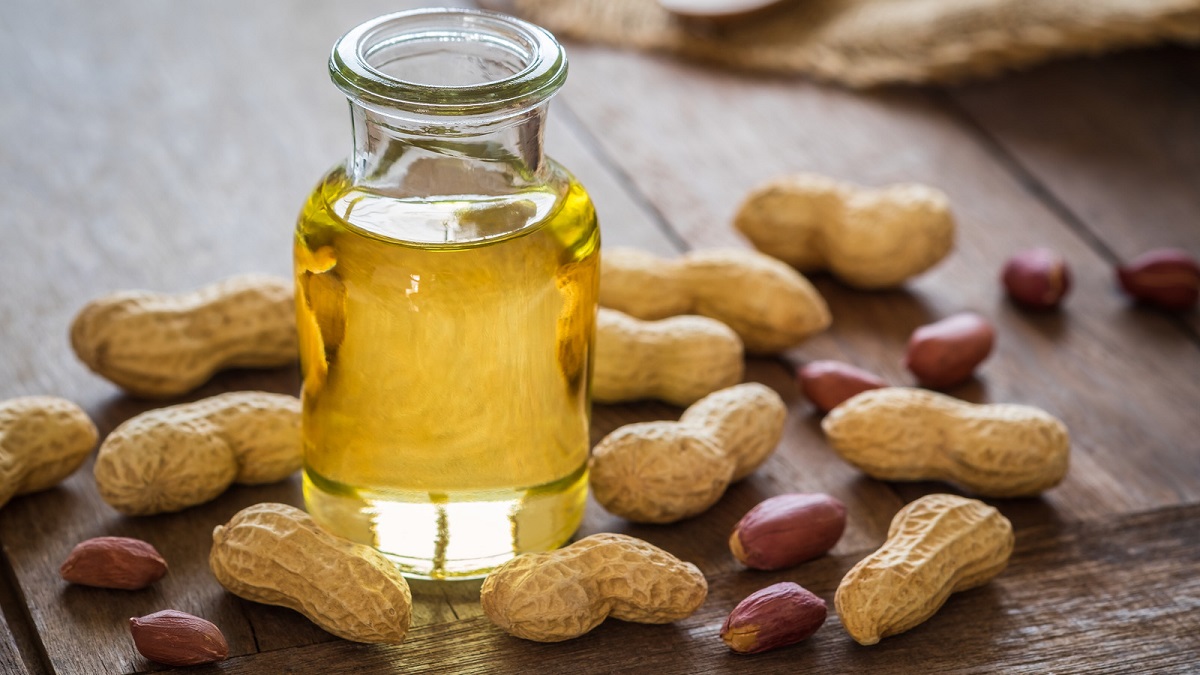
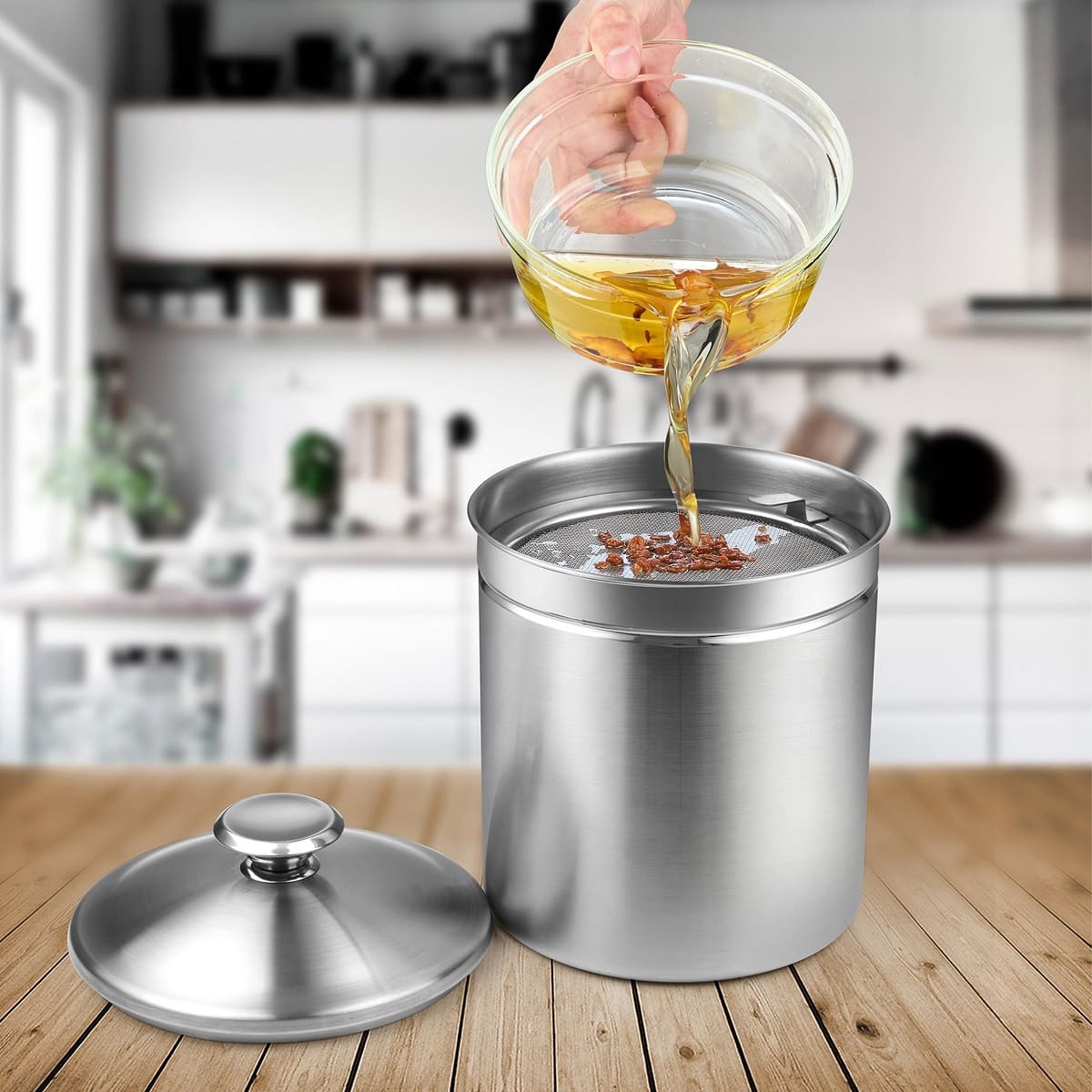


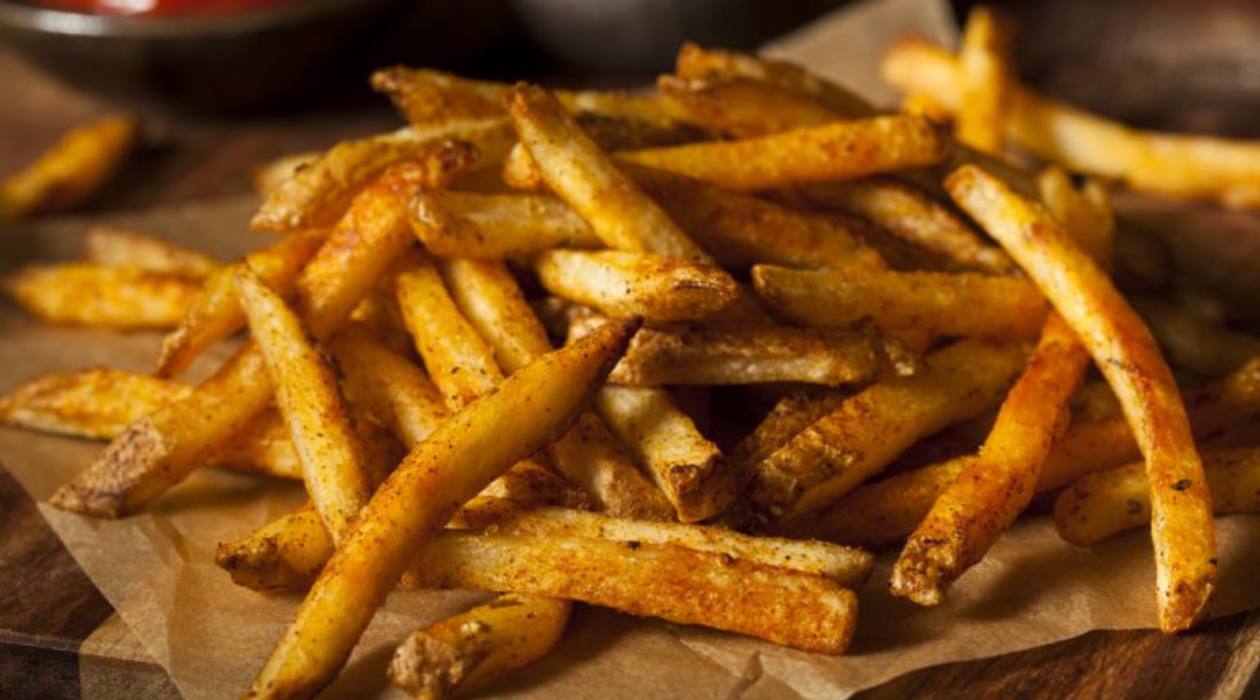
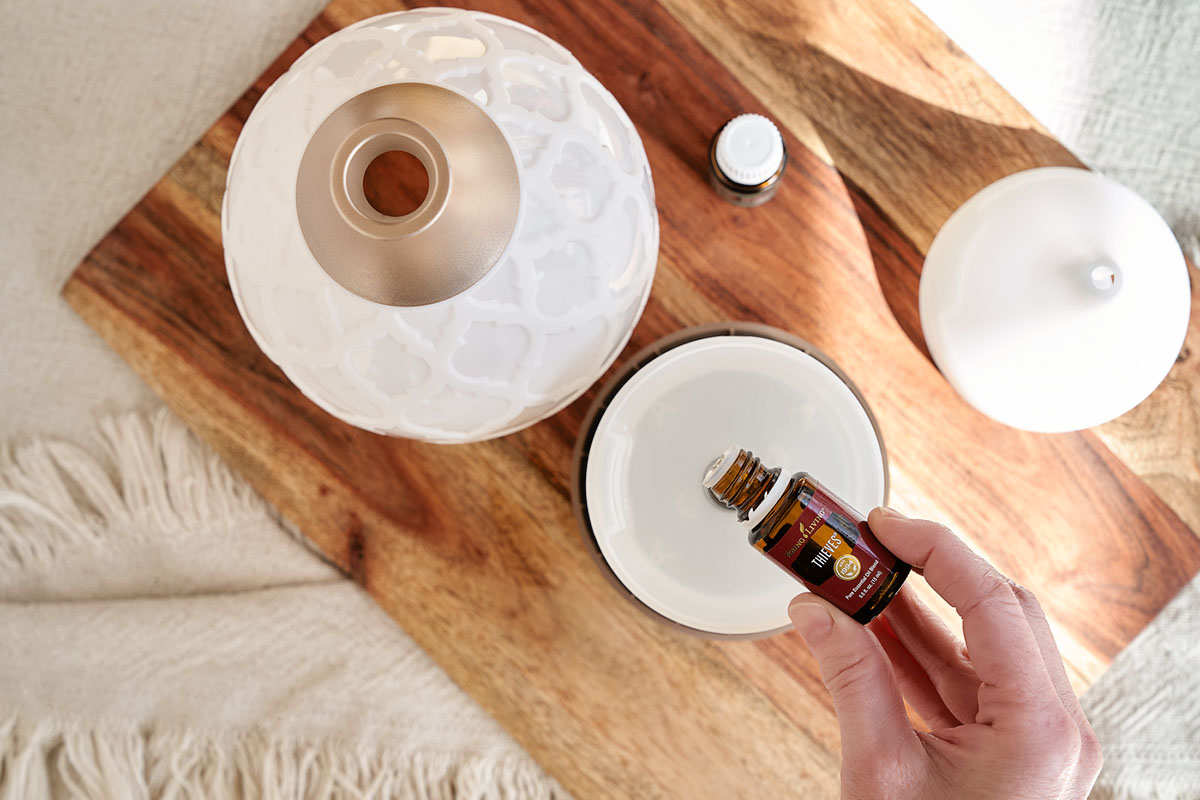
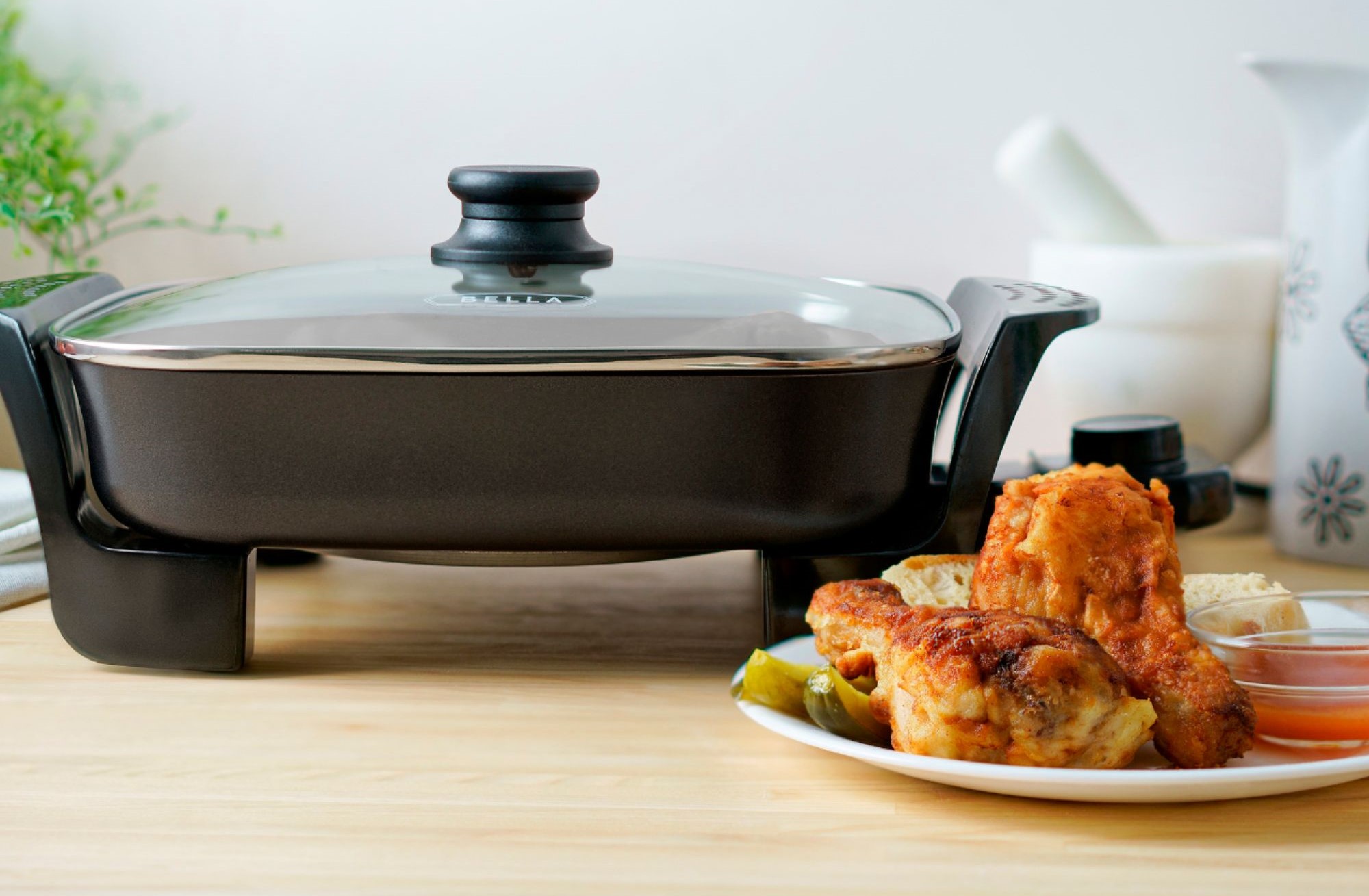


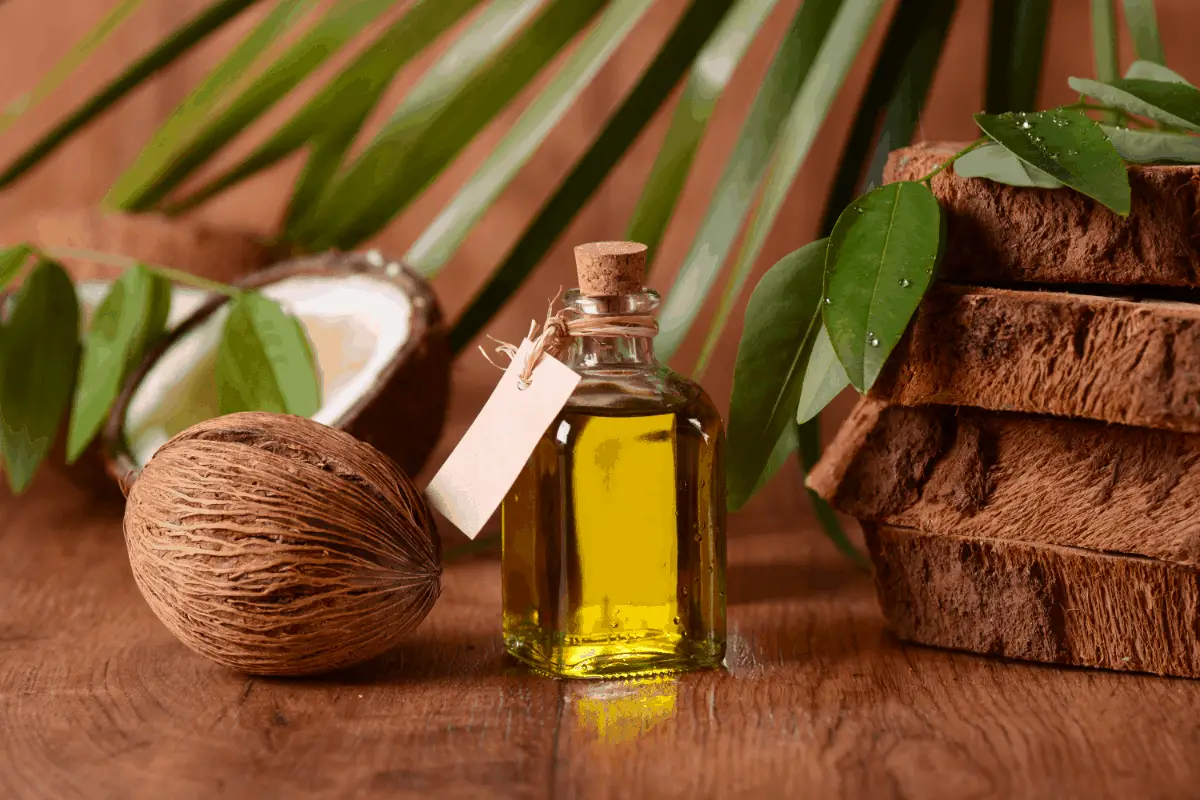
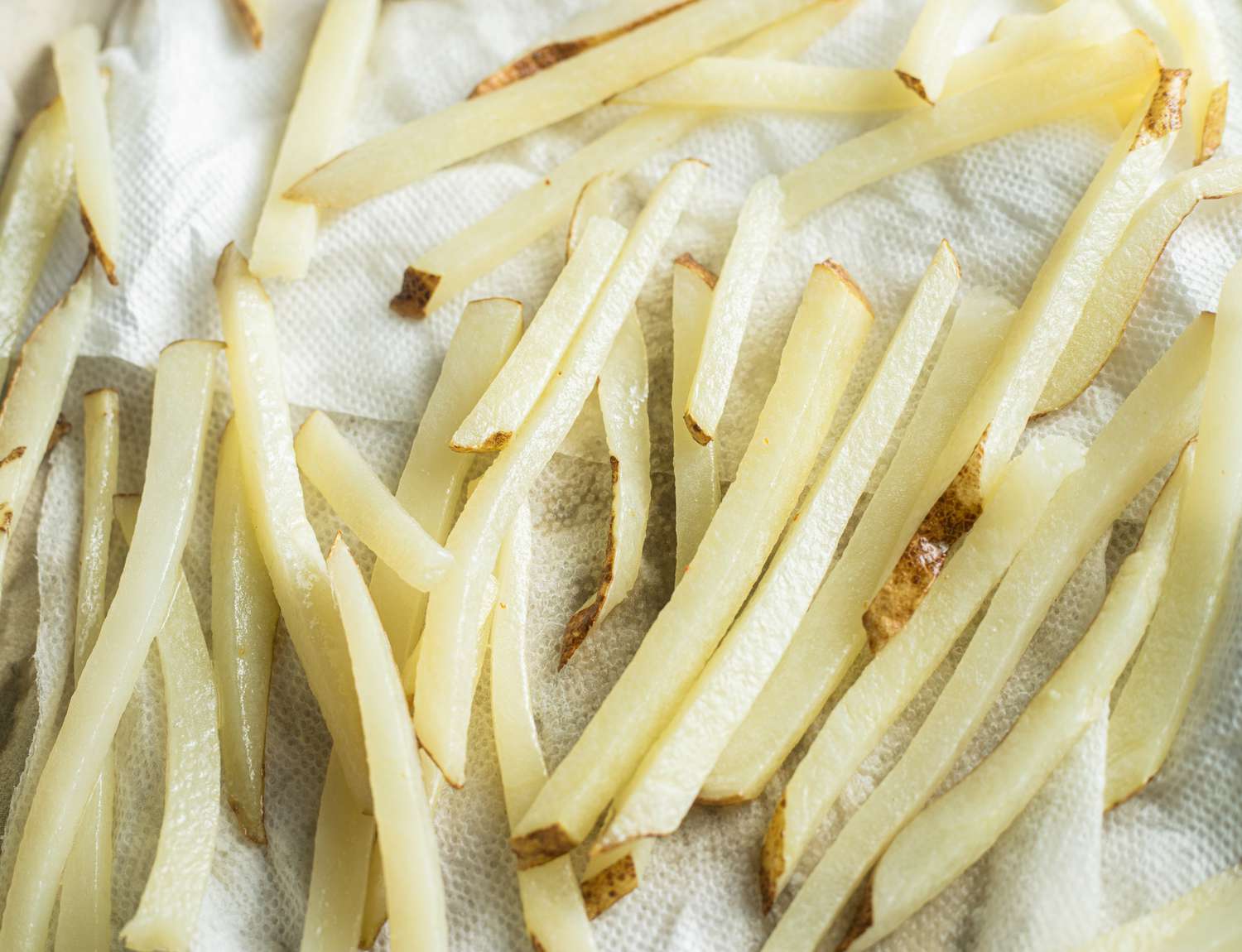

0 thoughts on “How To Store Used Frying Oil”